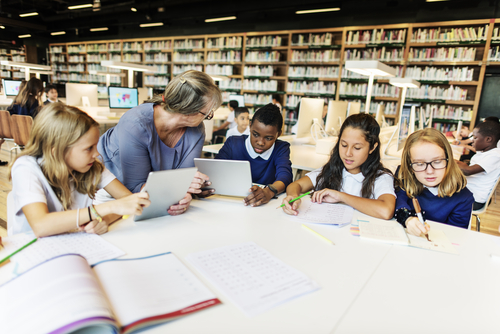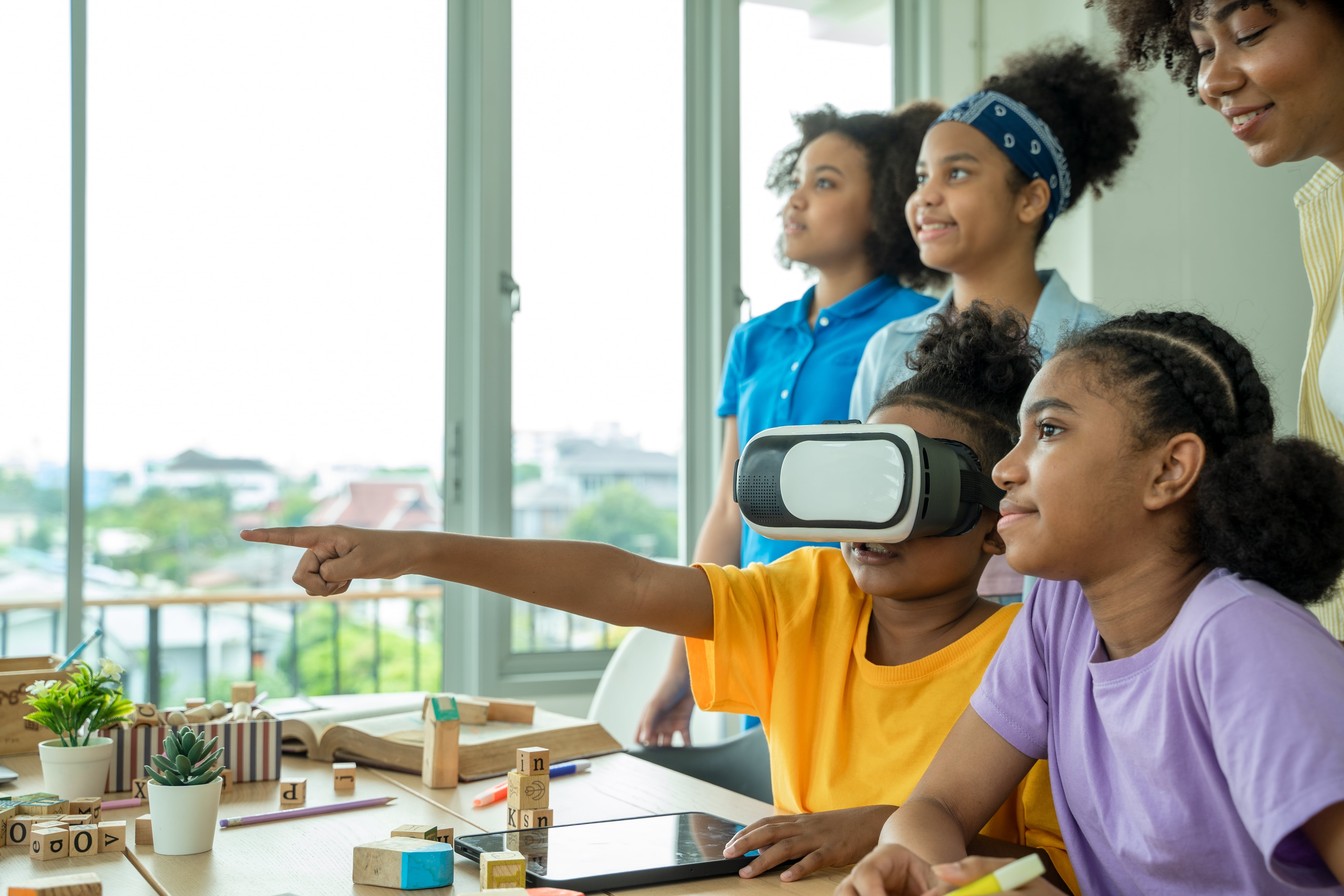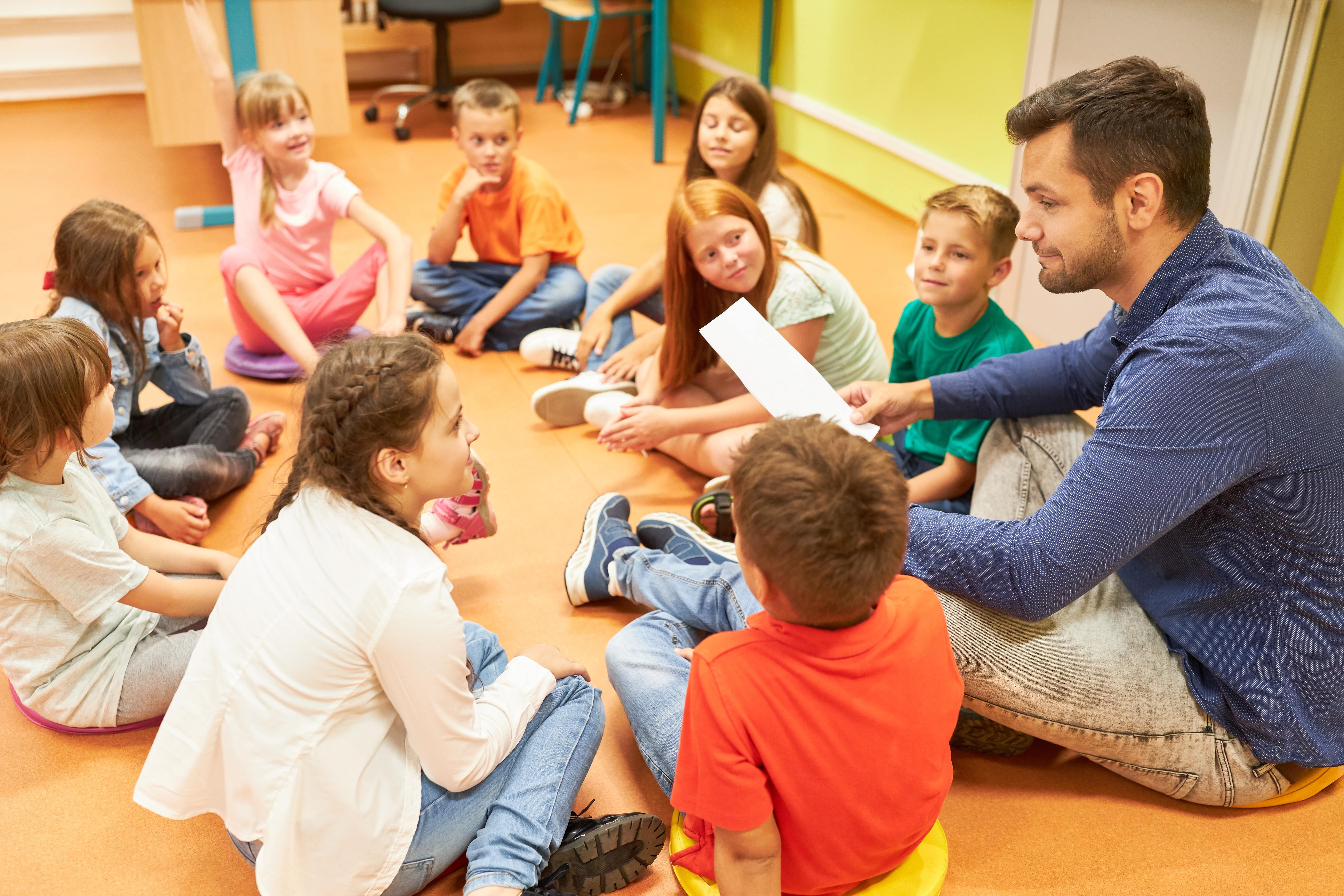Ed Tech Blog

Classroom management has always been a cornerstone of effective teaching. With the rise of technology, educators now face unique opportunities and challenges in maintaining a productive and engaging learning environment. As technology continues to redefine nearly every aspect of our lives, classrooms have become microcosms of this transformation. Educators are tasked not only with leveraging these advancements to improve learning outcomes but also with addressing the new complexities they introduce, from digital distractions to equity concerns. By understanding the evolving dynamics of technology use and its implications, teachers can strike a balance between innovation and discipline. Here's how teachers can adapt to the tech era while ensuring effective classroom management, fostering both learning and collaboration.
The integration of technology into education has sparked a new era of possibilities, where learning transcends the walls of traditional classrooms. Virtual field trips, collaborative projects with peers across the globe, and personalized learning pathways are now realities for many students. However, these advancements also necessitate a reevaluation of classroom norms and dynamics. As teachers incorporate these tools, they must navigate challenges that could potentially disrupt the flow of instruction, balancing innovation with the tried-and-true practices that have stood the test of time.
The Role of Technology in Modern Classrooms
Technology has revolutionized education by offering tools for personalized learning, instant feedback, and global connectivity. Tools like interactive whiteboards, learning management systems (LMS), and educational apps enrich the teaching and learning process, providing dynamic ways to engage students. For instance, virtual simulations, augmented reality, and online collaboration tools bring abstract concepts to life, making education more accessible and relatable. By tailoring instruction to individual needs through adaptive learning technologies, educators can address varying learning styles and paces, creating an inclusive environment.
The potential of technology to foster creativity and innovation is immense. For example, coding...

In today's educational landscape, playful learning has emerged as a vital approach that intertwines the joy of play with structured learning experiences. This method not only fosters creativity and critical thinking but also enhances collaboration among learners, skills that are increasingly essential in our fast-paced, ever-evolving world. The significance of playful learning lies in its ability to engage students actively, allowing them to explore concepts in a way that resonates with their natural instincts to play and discover.
The integration of technology into playful learning environments is revolutionizing traditional educational paradigms. By leveraging digital tools, educators can create interactive and engaging experiences that cater to diverse learning styles. This transformation not only enhances student motivation but also paves the way for deeper understanding and retention of knowledge. In this blog post, we will delve into the key aspects of playful learning, the role technology plays in enhancing this approach, and best practices for effectively incorporating technology into playful learning experiences.
Understanding Playful Learning
Playful learning is defined as an educational approach that emphasizes learning through play, creativity, and exploration. This concept allows children to take ownership of their learning while teachers guide them in building on their existing knowledge. Play-based...
Read more: Empowering Playful Learning Through Innovative Technology

In the dynamic environment of a classroom, capturing students' attention from the very beginning can set the tone for an entire lesson. This is where "Do Now" activities come into play. These short, focused tasks are designed to engage students immediately as they enter the classroom, providing a seamless transition into learning. The significance of establishing effective classroom routines cannot be overstated; they not only help in managing time but also foster an atmosphere conducive to learning.
In this blog post, we will evaluate the effectiveness of Do Now activities. We will explore their definition, common examples, and their role within the broader lesson structure. Furthermore, we will discuss the myriad benefits these activities bring to both students and teachers.
What Are Do Now Activities?
Definition and Purpose: Do Now activities are brief tasks that students complete at the start of a lesson. Typically lasting anywhere from 5 to 10 minutes, these activities serve multiple purposes: they engage students right away, provide a moment for reflection, and help establish a routine that signals the beginning of learning. Common examples of Do Now activities include:
Quick Questions: Posing a thought-provoking question related to the day's lesson that students can answer individually...
Read more: Do Now Activities: A Classroom Game-Changer or Just a Routine?

In today’s fast-paced world, effective communication skills are more crucial than ever. Whether in academic settings, social interactions, or professional environments, the ability to express oneself clearly and understand others is foundational to success. As students navigate their educational journeys, fostering strong communication skills can enhance their learning experiences and prepare them for future challenges.
Fortunately, developing these skills doesn’t have to be a tedious task. Engaging and fun activities can make the learning process enjoyable while effectively building communication competencies. In this blog post, we’ll explore simple yet impactful ways to support students in honing their communication skills through playful and interactive methods.
Create a Foundation for Communication
Encourage Active Listening: Active listening is a cornerstone of effective communication. By teaching students to truly hear what others are saying, we help them become more empathetic and responsive communicators. Here are two engaging activities to promote active listening:
Listening Games: Classic games like “Telephone” or “Simon Says” can be both entertaining and educational. In “Telephone,” students pass a message along the line, illustrating how information can change when not actively listened to. “Simon Says” encourages students to follow instructions carefully, reinforcing the importance of attention in communication.
Paraphrasing Practice: After...
Read more: Fun and Easy Ways to Boost Students' Communication Skills

In the ever-evolving landscape of education, student motivation stands as a cornerstone of effective learning. When students are motivated, they engage more deeply with the material, participate actively in discussions, and ultimately achieve higher academic success. However, educators frequently encounter challenges in maintaining this motivation. Factors such as varying learning styles, external distractions, and personal issues can lead to disengagement.
To combat these challenges, it's crucial to adopt a strategic approach that not only fosters motivation but also empowers students to take ownership of their learning journey. This post introduces a powerful strategy centered around goal-setting and feedback—two essential components that can significantly enhance student motivation.
Understanding Student Motivation
Definition and Types of Motivation: At its core, student motivation can be categorized into two main types: intrinsic and extrinsic. Intrinsic motivation refers to the drive that comes from within the student—an inherent desire to learn, explore, and master new skills for personal satisfaction. In contrast, extrinsic motivation is influenced by external factors, such as grades, rewards, or recognition from peers and teachers. Both types play a vital role in the educational experience, but fostering intrinsic motivation is often seen as the key to long-term engagement and success.
Common Factors Affecting...
Read more: Empowering Students: A Proven Strategy to Spark and Sustain Motivation

In today's educational landscape, schools and teachers face significant challenges that strain their resources. Budget constraints are a constant hurdle, forcing educators to do more with less while managing increasing demands on their time and energy. Teachers often find themselves overwhelmed by administrative tasks, leaving little room for the creativity and engagement that foster effective learning environments. However, technology presents a promising solution to these issues, offering innovative tools that can help alleviate financial pressures and streamline workloads.
Addressing Budget Constraints with Cost-Effective Tools
Open Educational Resources (OER): One of the most effective ways technology can support cash-strapped schools is through Open Educational Resources (OER). These are free or low-cost learning materials that educators can use to enhance their curriculum without incurring additional expenses. OER includes textbooks, lesson plans, and multimedia content that can be accessed online, allowing teachers to provide high-quality educational resources without the burden of purchasing expensive materials.
Cloud-Based Platforms: Cloud-based platforms serve as affordable alternatives to traditional infrastructure. By utilizing cloud services, schools can reduce costs associated with maintaining physical servers and software licenses. These platforms enable easy access to educational tools and resources from any device, facilitating collaboration among teachers and students alike. Additionally, they...
Read more: Tech Solutions for Tight Budgets: Empowering Schools and Teachers
- Unlocking Comprehension: Building Students' Prior Knowledge for Better Novel Reading
- Less Grading, More Learning: Why Teachers Should Grade Less Frequently
- Helping Young Students Build Self-Regulation Skills for Lifelong Success
- How to Infuse STEM Classrooms with Makerspace Magic for Hands-On Learning
